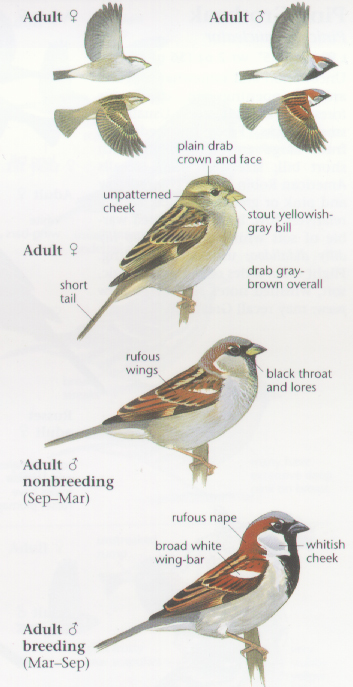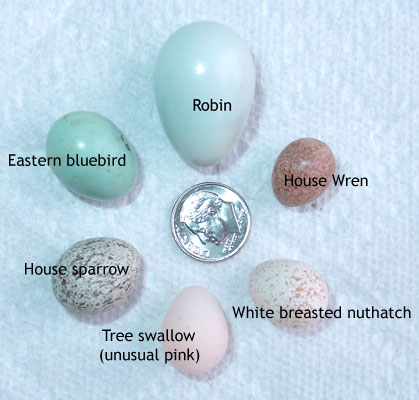After some investigation, I identified them as the Eastern Black Swallowtail Butterfly (Papilio polyxenes) caterpillar.
They start as a little greenish-yellow iridescent egg, from which emerges after 4 to 9 days, depending on the weather, a black larvae, with a conspicuous white saddle, which mimics bird droppings. This stage lasts 10 to 30 days, and includes several instar phases and a caterpillar.
Another 9 to 18 days, as a pupa, are needed to become a butterfly.
Black swallowtail butterflies frequent the zinnia garden,
They start as a little greenish-yellow iridescent egg, from which emerges after 4 to 9 days, depending on the weather, a black larvae, with a conspicuous white saddle, which mimics bird droppings. This stage lasts 10 to 30 days, and includes several instar phases and a caterpillar.
Another 9 to 18 days, as a pupa, are needed to become a butterfly.
Black swallowtail butterflies frequent the zinnia garden,
but wait, after some double checking, I find these butterflies are NOT Eastern Black Swallowtails, but a dark morph of the female Eastern Tiger Swallowtail (Paplio glaucus) and their caterpillar looks like this:
Female Eastern Tiger Swallowtails are dimorphic and this chart from Wikipedia shows the differences :
Female Eastern Tiger Swallowtails are dimorphic and this chart from Wikipedia shows the differences :
3 - dorsal female dark morph; 6 - ventral female dark morph
"In the dark morph, the areas that are normally yellow are replaced with dark gray or black. A shadow of the "tiger stripes" can be seen on the underside of the some of the dark females."
From one of the photos above, I zoomed in closer, and indeed, you can see the "tiger stripes":
So the differences are easier to identify, pictured below together are the female Eastern Black Swallowtail and then the female Eastern Tiger Swallow tail- dark morph.
Note the prominent white spots on the body and wings, for starters.
Eastern Black Swallowtail (Papilio polyxenes)
Eastern Tiger Swallowtail - dark morph (Papilio glaucus)
There is also a Spicebush Swallowtail (Papilio troilus), which also looks similar:
and all these dark swallowtails are mimicking the poisonous Pipevine Swallowtail (Battus philenor)
This is called Batesian mimicry, where the butterfly's resemblance to a noxious one, protects it from predators.
There are numerous interesting scientific articles on the subject, but these two studies are especially relevant. In Evolution (33 (1) March 1979), "Batesian Mimicry: Field Demonstration of the Survival Value of Pipevine
Swallowtail and Monarch Color Patterns" by M.R. Jeffords, it was shown that mimetic swallowtail butterflies have longer survival times, and are less frequently and vigorously attacked by predators.
Also, why are only the females mimetic?
In an article in Trends in Ecology and Evolution, titled "Diversity in mimicry: paradox or paradigm", by M. Juron, three possibliities are offered, including 1. being mimetic reduces mating success in males, 2. reduces success competing against other males and 3. since females are more vulnerable to predators because of their predictable behavior while feeding, mimicry would offset this.
Here is a link to the full article:
A simple visit and observation in the garden led to just a peek
into such a fascinating and
complex world.






















































